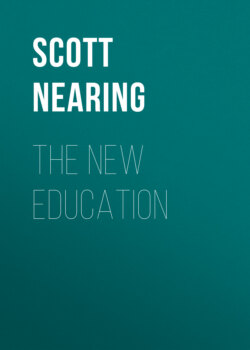Читать книгу The New Education - Scott Nearing - Страница 25
На сайте Литреса книга снята с продажи.
III The Fallacious “Average”
ОглавлениеAverages are peculiarly tempting to Americans. They supply the same deeply-felt want in statistics that headlines do in newspapers. They tell the story at a glance. In this peculiar case the story is necessarily false.
An average may be taken only of like things. It is possible to average the figures 3, 4, and 8 by adding them together and dividing by 3. The average is 5. Such a process is mathematically correct, because all of the units comprising the 3, 4, and 8 are exactly alike. One of the premises of mathematics is that all units are alike, hence they may be averaged.
Unlike mathematical units, all children are different. They differ in physical, in mental, and in spiritual qualities. Their hair is different in color and in texture. Their feet and hands vary in size. Some children are apt at mathematics, others at drawing, and still others at both subjects. Some children have a strong sense of moral obligation—an active conscience—others have little or no moral stamina. No two children in a family are alike, and no two children in a school-room are alike. After an elaborate computation of hereditary possibilities, biologists announce that the chance of any two human creatures being exactly alike is one in five septillions. In simple English, it is quite remote.
